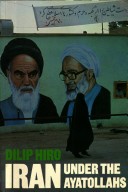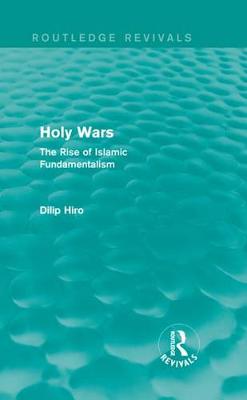Routledge Revivals
3 total works
To some, Islamic Fundamentalism means the restoration of a true religion. To others, it is a politics that stands apart from capitalism and socialism. To many Westerners, it has come to constitute a threat to established order and international security. Holy Wars, first published in 1989, comprises a non-partisan narrative that takes account of both the socio-cultural values expressed in Fundamentalism, and its political consequences. Dilip Hiro's starting point is that fundamentalist forces have been active within Islam since the death of the Prophet Muhammad. He presents the two major sects, Sunnis and Shias, in this light. Hiro provides the background for an understanding of what was taking place in Middle Eastern countries such as Afghanistan, Libya, Egypt and Syria at the end of the 1980s. This is a comprehensive and readable work, of great relevance and value to those with an interest in Middle Eastern politics and history, and the growth of Islamic Fundamentalism.
Events in the Indian sub-continent during the 1970s, where, in the summer of 1975, the ruling party engineered a ‘constitutional’ coup by declaring a national emergency, re-emphasised the need for a fuller understanding of India’s social system and people. First published the following year, in 1976, Inside India Today attempted to fulfil that need. Drawing on personal interviews, conducted during his two years’ travels throughout the country collecting a mass of first hand evidence, and on various surveys and studies published in the press, the author sketches a broad portrait of Indian life in the villages and cities. Hiro relates this research to the existing socio-political structure of the time: the constitutional framework, the electoral system, the performance of the Indian National Congress and the Communist system. Written in an accessible, engaging style and containing a wealth of information and insight, Inside India Today is a major contribution towards the scholarship surrounding this complex and fascinating country.


